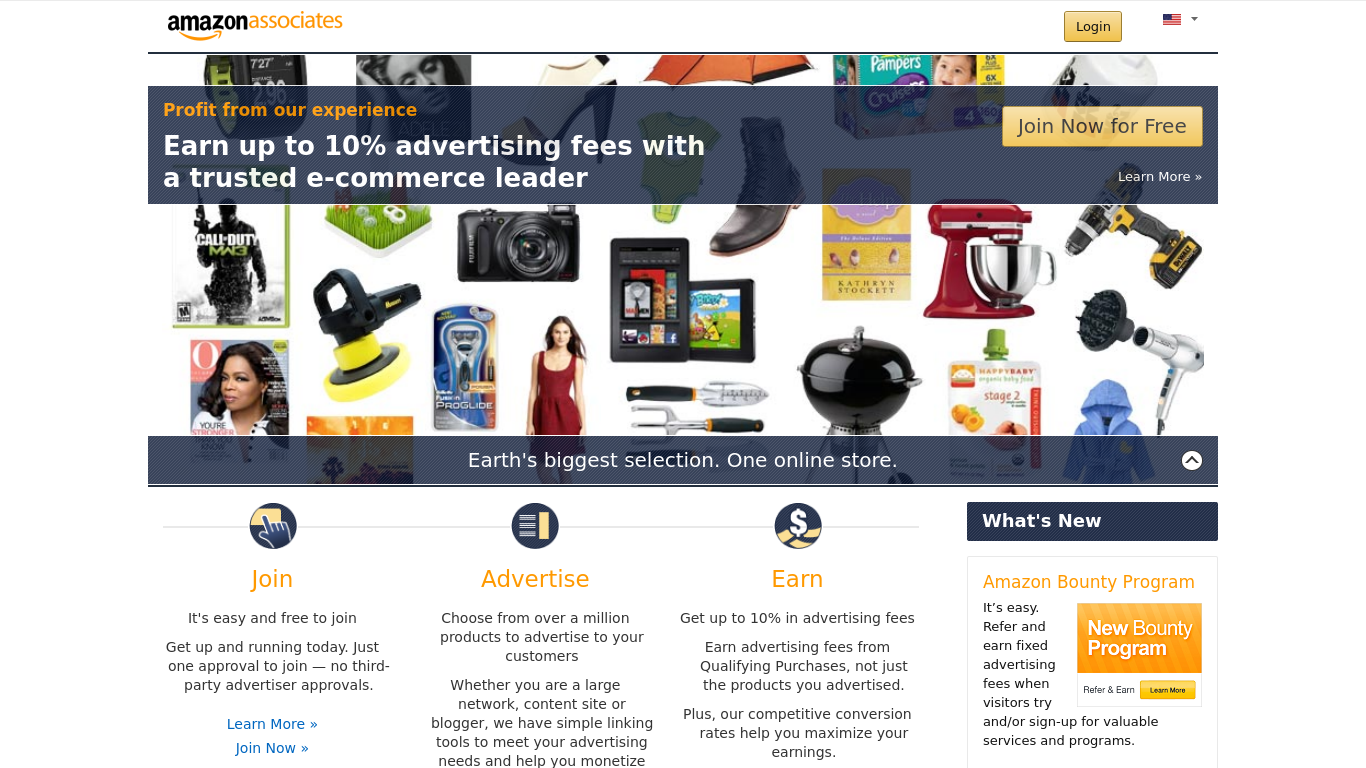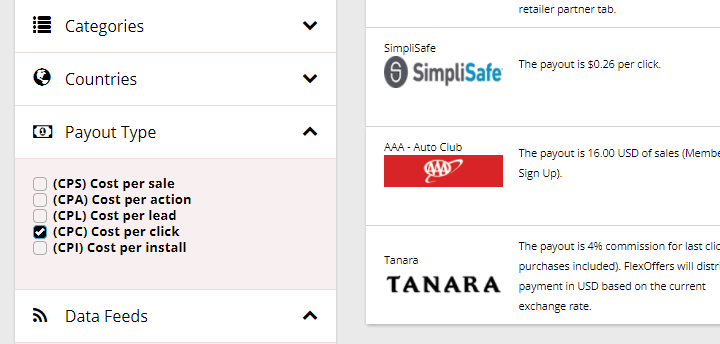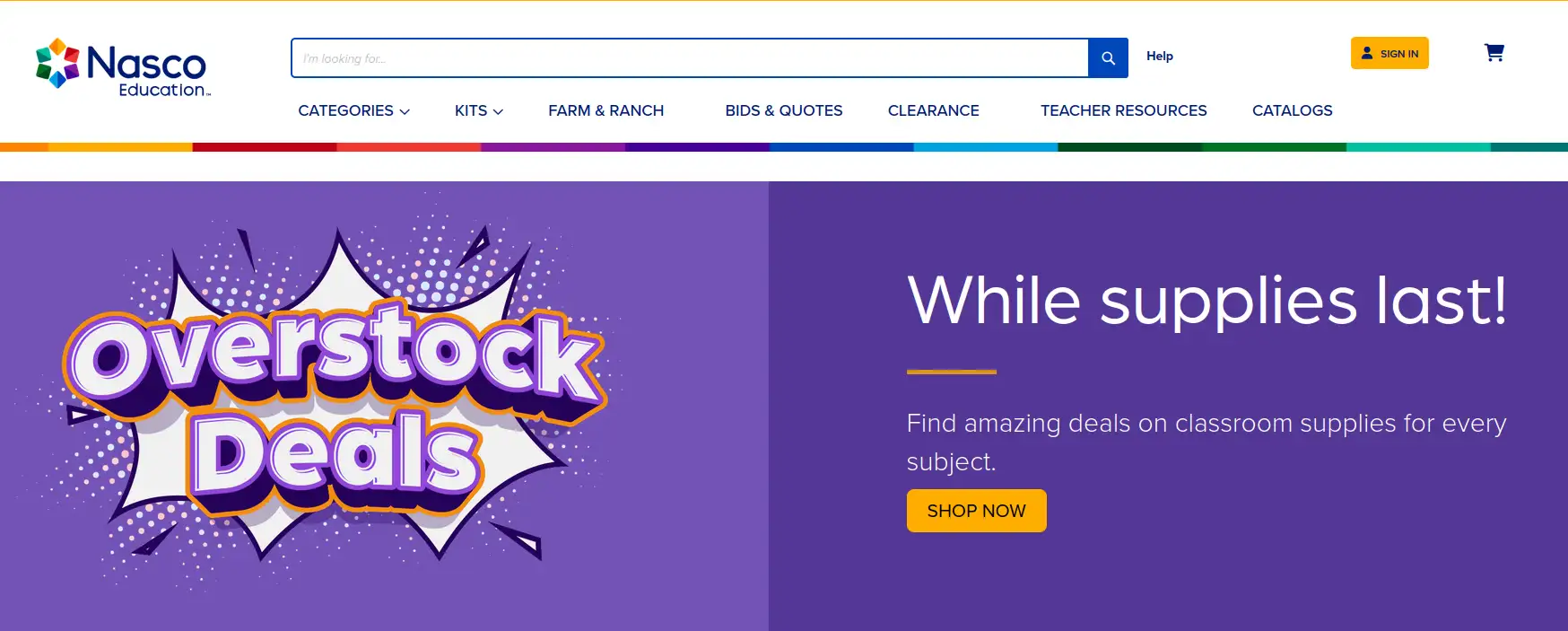Hyderabad’s advertising landscape is dynamic and competitive, with a diverse range of agencies catering to various needs. This guide delves into the key players, their specializations, and the evolving trends shaping the industry. From full-service agencies to specialized boutiques, we’ll explore the strengths and weaknesses of each type, highlighting the unique approaches and target audiences they serve.
The report also examines the critical role of branding agencies in Hyderabad’s marketing ecosystem, contrasting their strategies with those of advertising agencies. We’ll analyze the challenges faced by businesses, the importance of brand building, and how agencies contribute to achieving marketing objectives.
Overview of Advertising Agencies in Hyderabad
Hyderabad’s advertising landscape is dynamic and diverse, reflecting the city’s vibrant economy and burgeoning entrepreneurial spirit. The industry is characterized by a mix of established full-service agencies and specialized players catering to specific sectors. Key trends include a growing emphasis on digital marketing, increasing client demand for data-driven strategies, and a rise in the adoption of innovative technologies.The sector is evolving to meet the changing needs of businesses and consumers, particularly in the context of the digital revolution.
This has led to a significant shift towards integrated marketing communications, combining traditional and digital channels for a cohesive approach.
Key Trends Shaping the Industry
The advertising industry in Hyderabad is experiencing significant transformation. Digital marketing has become paramount, with agencies increasingly integrating social media campaigns, search engine optimization (), and pay-per-click (PPC) advertising into their strategies. Data analytics is another critical trend, enabling agencies to understand consumer behavior and tailor campaigns for maximum impact. Further, agencies are focusing on developing content marketing strategies, creating valuable and engaging content that attracts and retains target audiences.
Types of Advertising Agencies
The Hyderabad advertising market features a range of agency types, each with its own strengths and weaknesses. Full-service agencies provide a comprehensive suite of services, while specialized agencies focus on specific sectors or disciplines, such as healthcare, technology, or financial services.
Services Offered by Agencies
The typical services provided by advertising agencies in Hyderabad encompass a broad spectrum. These include market research, branding and identity development, advertising campaign creation (including print, digital, and broadcast), media planning and buying, public relations, and social media management. Agencies also often handle creative design, content writing, and digital marketing strategies.
Comparison of Agency Types
| Agency Type | Strengths | Weaknesses | Target Audience |
|---|---|---|---|
| Full-Service | Broad range of services; comprehensive solutions; integrated approach; established relationships with media outlets; potentially larger client base. | Can be less specialized in niche areas; potentially slower response times for smaller projects; higher overhead costs. | Businesses seeking a full-service solution for all marketing needs, including startups looking for guidance across multiple channels. |
| Specialized | Deep expertise in specific sectors or disciplines; highly targeted campaigns; faster response times; cost-effective solutions for niche markets; potentially greater focus on results. | Limited service offerings; potentially smaller client base; might require collaboration with other agencies for broader campaigns. | Businesses with specific needs within a particular industry, for example, healthcare companies, or technology startups focused on a very specific market segment. |
Branding Agencies in Hyderabad
Branding agencies are crucial players in the marketing ecosystem, helping businesses craft compelling brand identities and build lasting customer relationships. They work closely with companies to define their brand values, create a cohesive visual identity, and develop strategies to effectively communicate their brand story across various touchpoints. This fosters brand recognition, loyalty, and ultimately, drives business growth.
Role of Branding Agencies in Marketing
Branding agencies play a pivotal role in shaping a company’s image and fostering a positive perception in the marketplace. They meticulously analyze the target audience, identify competitive landscapes, and define a brand strategy that resonates with the intended audience. This encompasses defining brand values, creating a unique brand voice, and developing a visual identity (logo, color palette, typography).
Ultimately, they aim to establish a strong brand presence, communicate effectively, and drive brand loyalty.
Branding Agencies vs. Advertising Agencies
Branding agencies and advertising agencies, while both contributing to marketing success, have distinct focuses. Advertising agencies primarily concentrate on creating and executing campaigns to promote specific products or services. Branding agencies, conversely, focus on building and maintaining the overall brand identity and equity. This involves long-term strategies encompassing brand positioning, messaging, and visual identity, whereas advertising agencies focus on short-term campaign execution.
This difference is crucial in fostering a consistent and enduring brand image.
Services Offered by Branding Agencies in Hyderabad
Branding agencies in Hyderabad offer a wide array of services, tailored to meet the specific needs of businesses. These services typically include: brand strategy development, brand positioning, brand architecture, visual identity design (logo, color palettes, typography), brand guidelines creation, brand storytelling, brand experience design, and market research. Additionally, they often provide ongoing brand management and support to maintain a consistent brand presence across all platforms.
Common Branding Challenges in Hyderabad
Businesses in Hyderabad, like elsewhere, face challenges in brand building. These include: maintaining brand consistency across various touchpoints, adapting to evolving consumer preferences, competing with established brands, and maintaining a strong brand presence in a highly competitive market. Understanding these challenges allows branding agencies to tailor their strategies effectively to overcome these hurdles.
Importance of Brand Building in Hyderabad
Brand building is critical in Hyderabad’s dynamic and competitive market. Strong brands are more resilient to market fluctuations, attract and retain customers, command premium pricing, and create a loyal customer base. Brand building fosters trust and recognition, setting a business apart from competitors.
How Branding Agencies Help Businesses Achieve Marketing Objectives
Branding agencies facilitate business success by creating a unified brand experience across various touchpoints, fostering brand awareness and recognition, driving customer engagement, and building a strong brand reputation. They also conduct thorough market research, understanding the nuances of the Hyderabad market, and implementing strategies to effectively communicate the brand’s message to the target audience. This ultimately aligns with the overall business objectives and enhances their brand equity.
Key Differences Between Advertising and Branding Agencies
| Feature | Advertising Agencies | Branding Agencies |
|---|---|---|
| Primary Focus | Short-term campaign execution and promotion | Long-term brand building and identity development |
| Target | Specific product or service | Overall brand identity and perception |
| Services | Campaign development, media buying, creative execution | Brand strategy, visual identity, brand guidelines, and ongoing brand management |
Key Clients and Case Studies
Hyderabad’s advertising landscape is vibrant, with agencies consistently delivering impactful campaigns for a diverse range of clients. These successes often stem from a deep understanding of the local market, coupled with innovative strategies and creative execution. Agencies are crucial in helping businesses achieve their objectives, from brand awareness to driving sales.Successful advertising campaigns frequently involve a strategic blend of traditional and digital marketing approaches.
This adaptability allows agencies to tailor their strategies to suit the specific needs and goals of each client. By demonstrating measurable results, agencies build trust and solidify their position within the competitive Hyderabad market.
Successful Advertising Campaigns
Numerous advertising campaigns in Hyderabad have demonstrated impressive results. One prominent example involves a local startup in the tech sector. By focusing on the startup’s unique value proposition and targeting the specific needs of their target audience, the agency successfully generated significant brand awareness and drove substantial leads. This campaign exemplifies how tailored strategies can yield impressive outcomes for businesses in Hyderabad.Another notable case involved a local restaurant chain.
Through a series of visually engaging advertisements across various platforms, the agency effectively positioned the restaurant as a premium dining destination. The campaigns highlighted the restaurant’s unique menu items and the overall dining experience, attracting new customers and solidifying its presence in the competitive food scene.
Prominent Advertising Agencies and their Clients
Hyderabad boasts a robust network of advertising agencies with varying specializations and expertise. These agencies cater to diverse businesses, from small startups to established corporations. Their expertise and experience in crafting effective strategies have resulted in numerous successful campaigns.
List of Prominent Advertising Agencies
- Agency Name: Apex Advertising Solutions
- Specialization: Digital Marketing, Branding, Creative Advertising
- Key Clients: Tech startups, FMCG brands, Retail stores
- Agency Name: Creative Spark
- Specialization: Social Media Marketing, Content Creation, PR Management
- Key Clients: Fashion brands, Restaurants, Educational Institutions
- Agency Name: Brand Architects
- Specialization: Brand building, Corporate Identity, Rebranding
- Key Clients: Real estate companies, Hospitality brands, Financial institutions
- Agency Name: Global Impact
- Specialization: Print and Outdoor Advertising, BTL Activation, Event Management
- Key Clients: Automobile companies, Construction companies, Consumer goods companies
Impact of Branding on Client Businesses
Branding is a critical aspect of success in the Hyderabad market. Agencies play a pivotal role in helping clients establish strong brands. A strong brand identity helps businesses stand out from the competition, fosters customer loyalty, and ultimately drives revenue growth. Agencies use various branding techniques, including visual identity development, brand messaging, and consistent brand application across all platforms, to help their clients achieve these objectives.
For example, a well-executed branding campaign can increase brand recognition by 20-30% within a year, leading to higher sales and market share.
Market Analysis and Competitive Landscape
The advertising agency landscape in Hyderabad is dynamic and competitive, driven by the city’s burgeoning economy and a growing consumer base. Agencies are constantly adapting to evolving client needs and technological advancements. Understanding the current market size, key competitors, and successful strategies is crucial for navigating this environment.
Competitive Landscape
Hyderabad’s advertising market features a mix of large, established agencies and smaller, specialized firms. Competition is fierce, demanding agencies to differentiate themselves through expertise, creative approaches, and strong client relationships. The market is not solely dominated by a few large players, but rather a diverse ecosystem of agencies catering to various sectors and budgets.
Market Size and Growth Potential
The market size is substantial, with projections indicating continued growth driven by increasing business activity and a young, digitally savvy population. The rise of e-commerce and digital media has created new opportunities for agencies to leverage digital marketing strategies, presenting significant growth potential for the industry. This growth is likely to be particularly evident in the digital marketing sector, driven by increasing internet penetration and the adoption of digital platforms for business promotion.
Major Competitors
Several prominent advertising agencies operate in Hyderabad. These agencies often specialize in specific areas like digital marketing, branding, or traditional media. Notable competitors include agencies known for their expertise in digital campaigns, those focused on traditional media solutions, and those with a strong portfolio of branding projects. The competitive landscape is diverse, with agencies vying for market share and client contracts.
Strategies of Successful Agencies
Successful agencies in Hyderabad often employ a multi-faceted approach. They prioritize building strong client relationships, investing in creative talent, and leveraging the latest digital marketing tools and technologies. Agencies that demonstrate adaptability to changing trends and client needs tend to be more successful. Furthermore, strong analytical skills and data-driven strategies are becoming increasingly important for measuring campaign effectiveness and optimizing results.
Role of Digital Marketing
Digital marketing is a pivotal element of the Hyderabad market. The rising use of social media, search engine optimization (), and other digital channels has significantly impacted how agencies operate. A successful agency effectively integrates digital strategies into overall marketing plans, recognizing the importance of online presence and engagement for client success.
Key Players in Hyderabad Advertising Agency Market
| Agency Name | Specialization | Market Share (Estimated) | Key Strengths |
|---|---|---|---|
| XYZ Advertising | Digital Marketing, Branding | 15% | Strong online presence, experienced digital team |
| ABC Marketing Solutions | Traditional Media, PR | 10% | Established network of media contacts |
| PQR Brand Builders | Branding, Design | 8% | Creative design capabilities, strong portfolio |
| Other Agencies | Various | 67% | Diverse expertise, catering to niche markets |
Future Trends and Opportunities
Hyderabad’s advertising landscape is poised for significant growth, driven by the city’s burgeoning economy and tech sector. Agencies that adapt to evolving trends and embrace innovative technologies will be best positioned to capitalize on this growth. This section explores key future trends and opportunities for advertising agencies in Hyderabad.
Emerging Technologies and Their Impact
The advertising industry is experiencing a rapid transformation, with emerging technologies reshaping how brands connect with consumers. Artificial intelligence (AI) is playing a pivotal role in automating tasks, personalizing campaigns, and improving targeting accuracy. Machine learning (ML) algorithms are enabling agencies to analyze vast amounts of data, identify consumer patterns, and optimize ad spend. These technologies are already influencing ad campaigns, leading to more effective and efficient marketing strategies.
Evolving Needs of Businesses in Hyderabad
Businesses in Hyderabad are increasingly looking for agencies that can provide holistic marketing solutions, extending beyond traditional advertising. The need for integrated campaigns that encompass social media management, content creation, digital marketing, and branding is on the rise. Agencies are expected to provide comprehensive services that align with the specific objectives and target audiences of their clients. This includes understanding the unique nuances of the Hyderabad market, including its diverse cultural landscape and strong entrepreneurial spirit.
Potential Opportunities for Advertising Agencies
Hyderabad presents exciting opportunities for advertising agencies that can leverage emerging technologies and cater to the evolving needs of businesses. Specializing in niche markets, such as the burgeoning tech sector or the growing e-commerce industry, can provide a competitive edge. Offering services like social media marketing, influencer marketing, and content creation, tailored to the local market, can also attract clients.
Agencies that prioritize data-driven strategies and demonstrate a deep understanding of the Hyderabad market will be well-positioned to thrive in the future.
Adapting to New Technologies and Strategies
Staying abreast of the latest technological advancements is crucial for agencies in Hyderabad. Investing in training and upskilling staff to handle AI and ML tools, as well as keeping up with the latest social media trends, is essential. Developing a strong understanding of the evolving marketing landscape and adapting strategies to address the specific needs of businesses in Hyderabad is vital for sustained success.
Agencies should continuously evaluate their processes and strategies to ensure they are aligned with the most effective and impactful approaches.
Closure
In conclusion, Hyderabad’s advertising and branding agencies are crucial to the city’s vibrant business ecosystem. The industry demonstrates adaptability and innovation, capitalizing on emerging technologies and evolving market needs. The competitive landscape, with its varied agencies and prominent clients, underscores the importance of tailored strategies and a deep understanding of the target audience for sustained success. This comprehensive overview provides a valuable resource for businesses seeking to navigate the Hyderabad market effectively.
FAQ Section
What are the common branding challenges faced by businesses in Hyderabad?
Businesses in Hyderabad often grapple with maintaining brand consistency across multiple platforms, adapting to a rapidly evolving market, and effectively communicating their brand message to a diverse customer base. Furthermore, competition for attention can be intense, necessitating creative strategies to stand out.
What is the estimated market size and growth potential of the advertising agency industry in Hyderabad?
While precise figures are difficult to obtain, the advertising agency industry in Hyderabad exhibits robust growth potential. The city’s expanding economy, coupled with the rising demand for marketing solutions, suggests a substantial market size with ongoing expansion.
How do digital marketing strategies impact advertising agencies in Hyderabad?
Digital marketing has become integral to Hyderabad’s advertising landscape. Agencies need to incorporate digital strategies into their campaigns to effectively reach and engage their target audiences online. This includes social media marketing, search engine optimization (), and targeted online advertising.
What are the key differences between advertising and branding agencies?
Advertising agencies primarily focus on creating and executing campaigns to drive immediate sales, while branding agencies focus on building and maintaining a brand’s identity over the long term. This difference manifests in their approach to client interaction, campaign duration, and ultimate marketing objectives.
 [Note: A flowchart would visually depict the process, including steps like identifying a seller, verifying identity, transferring funds, and receiving Bitcoin. Due to the limitations of this text-based format, a visual representation is omitted.]The flowchart would show the steps involved in a peer-to-peer transaction, highlighting the exchange of Bitcoin for another currency or goods. It would clearly illustrate the crucial step of verifying the seller’s legitimacy to minimize risk.
[Note: A flowchart would visually depict the process, including steps like identifying a seller, verifying identity, transferring funds, and receiving Bitcoin. Due to the limitations of this text-based format, a visual representation is omitted.]The flowchart would show the steps involved in a peer-to-peer transaction, highlighting the exchange of Bitcoin for another currency or goods. It would clearly illustrate the crucial step of verifying the seller’s legitimacy to minimize risk.

